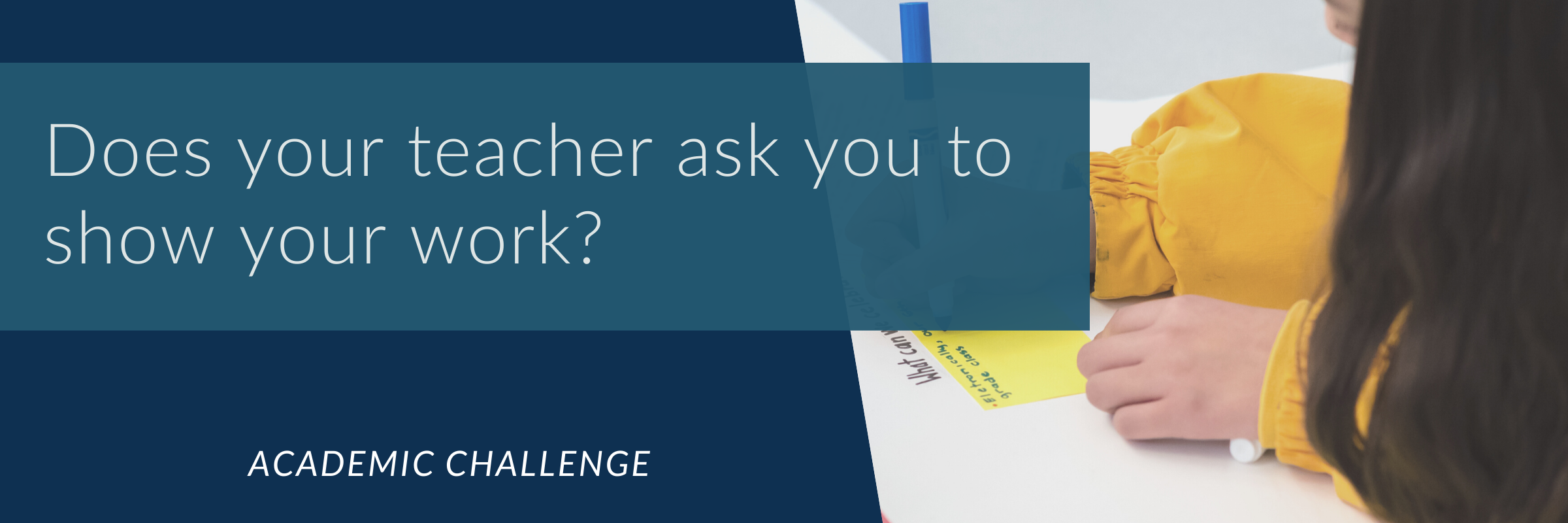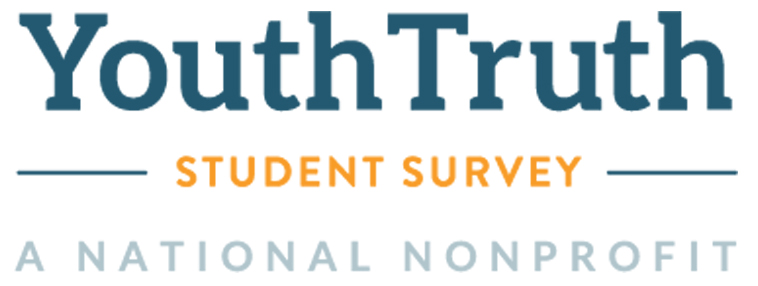
Why does it matter?
The YouthTruth Survey question “Does your teacher ask you to show your work?” gets at the power of process-over-product, and the potent learning that can come from sharing your thinking with others.
Shift the focus from right answers to problem-solving
Create authentic challenges to educate problem solvers who develop the habit of articulating their thinking and showing their work.
